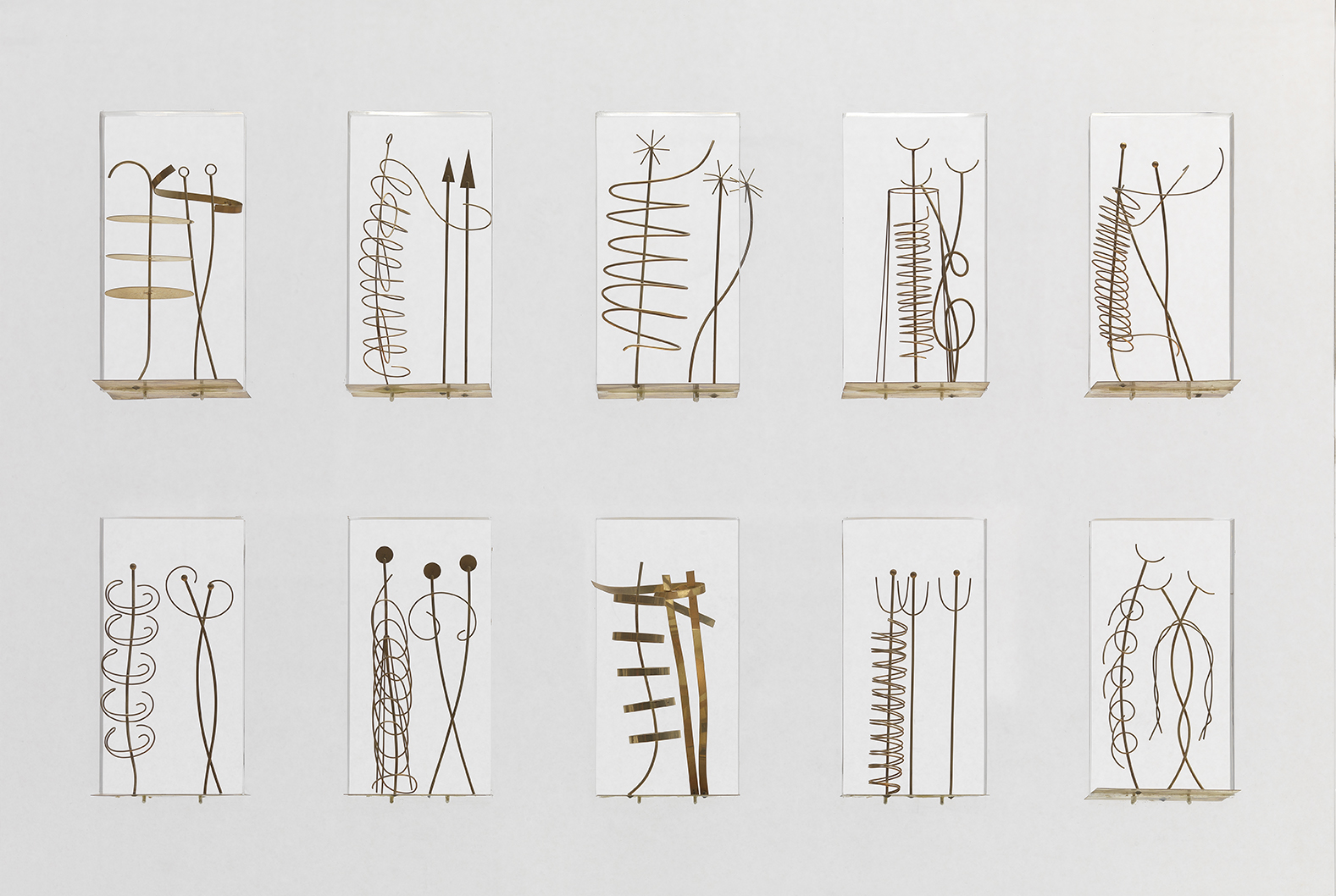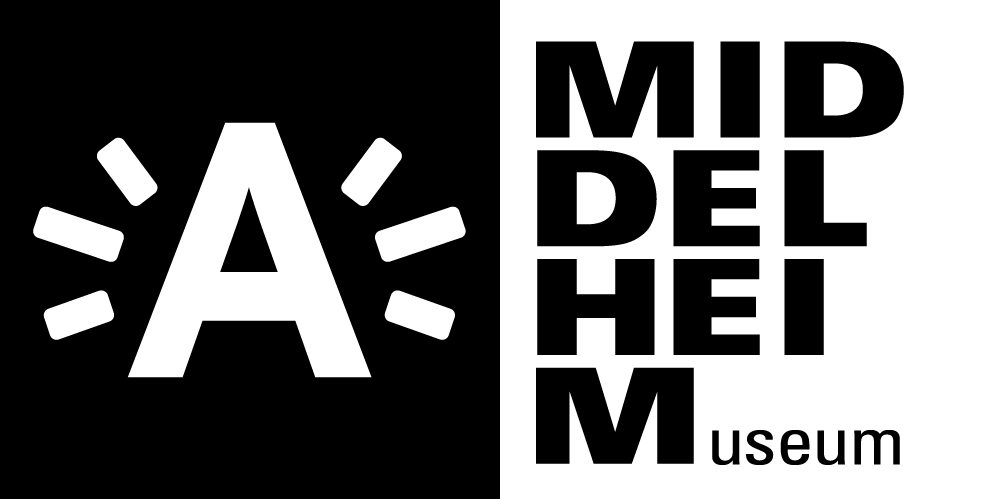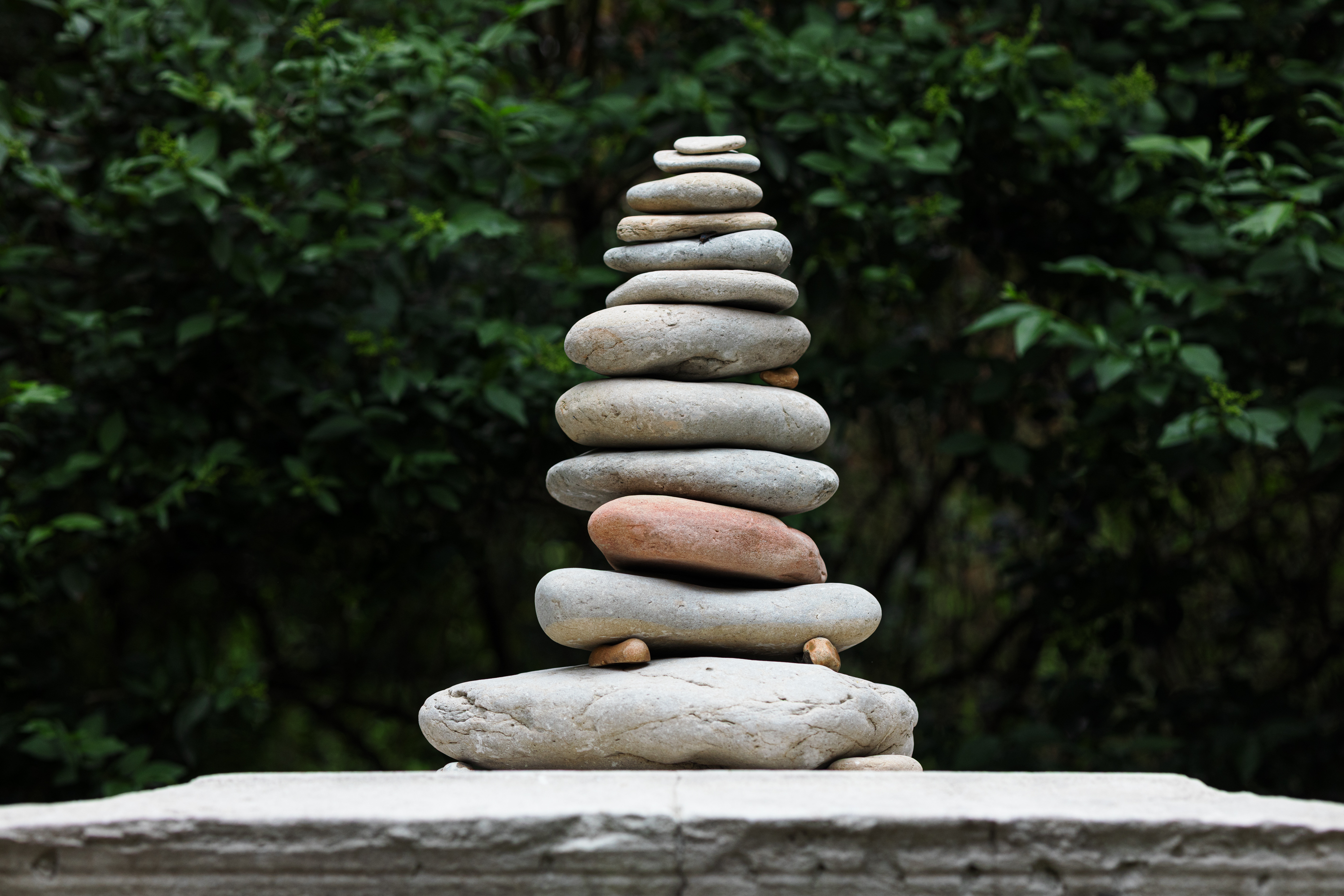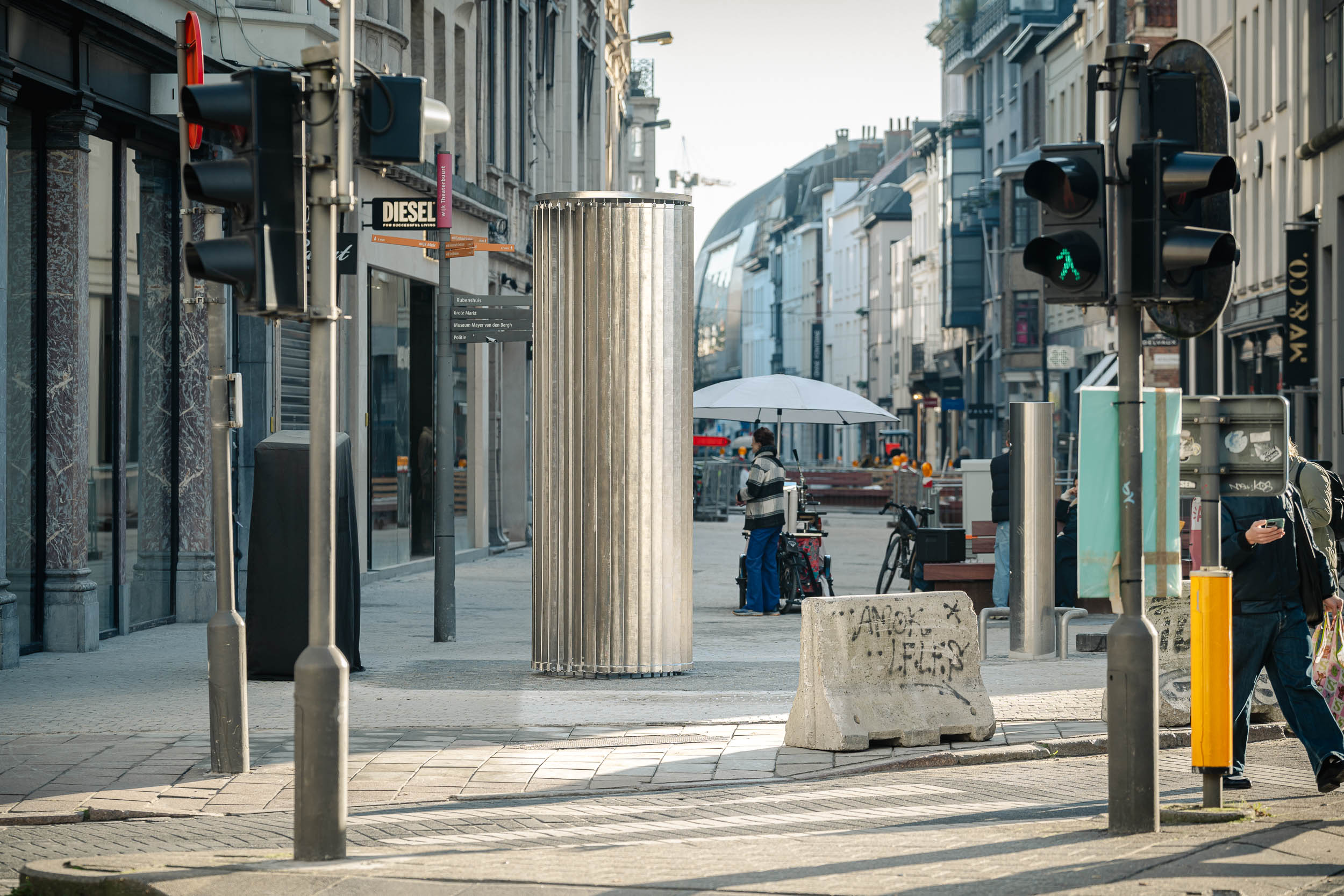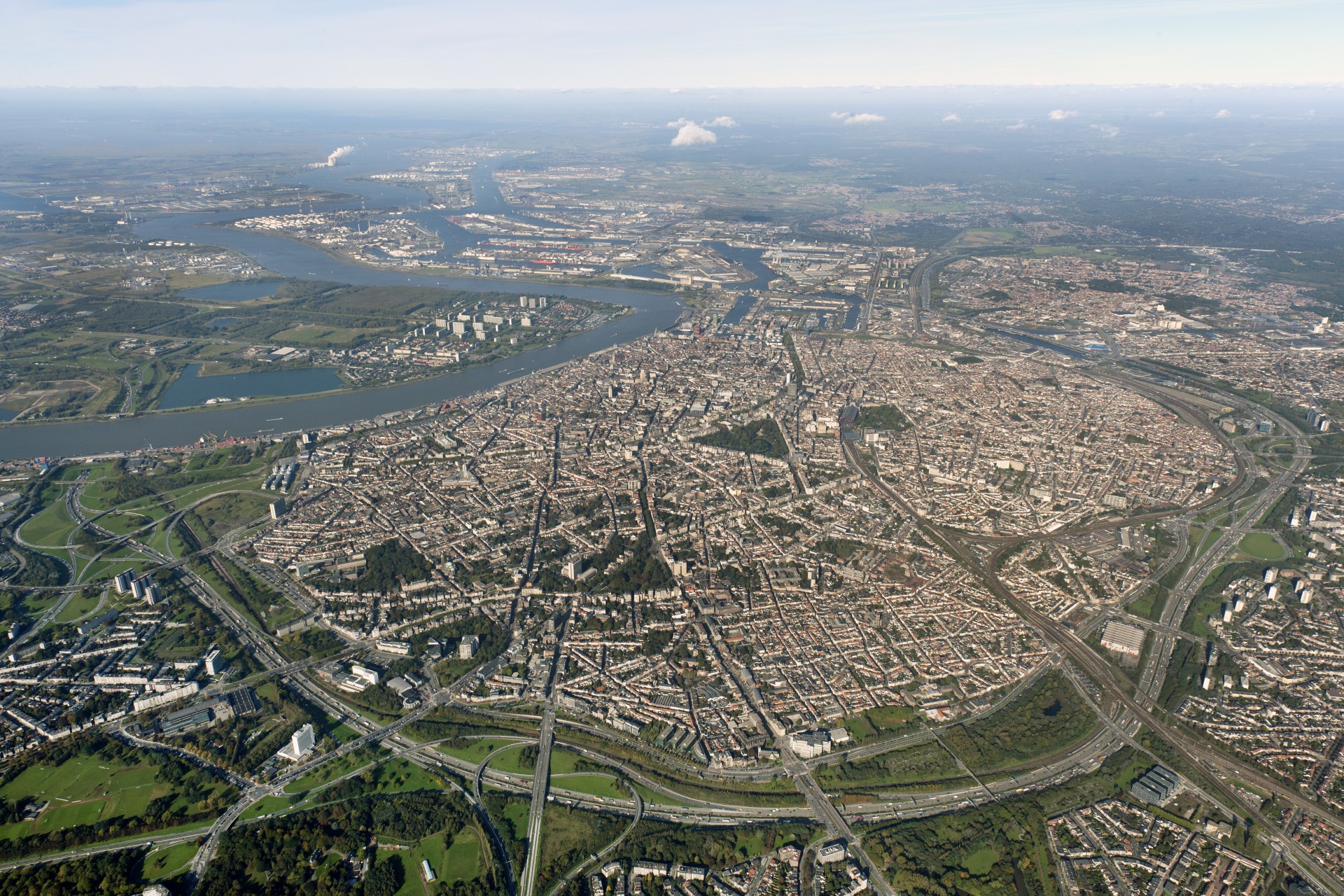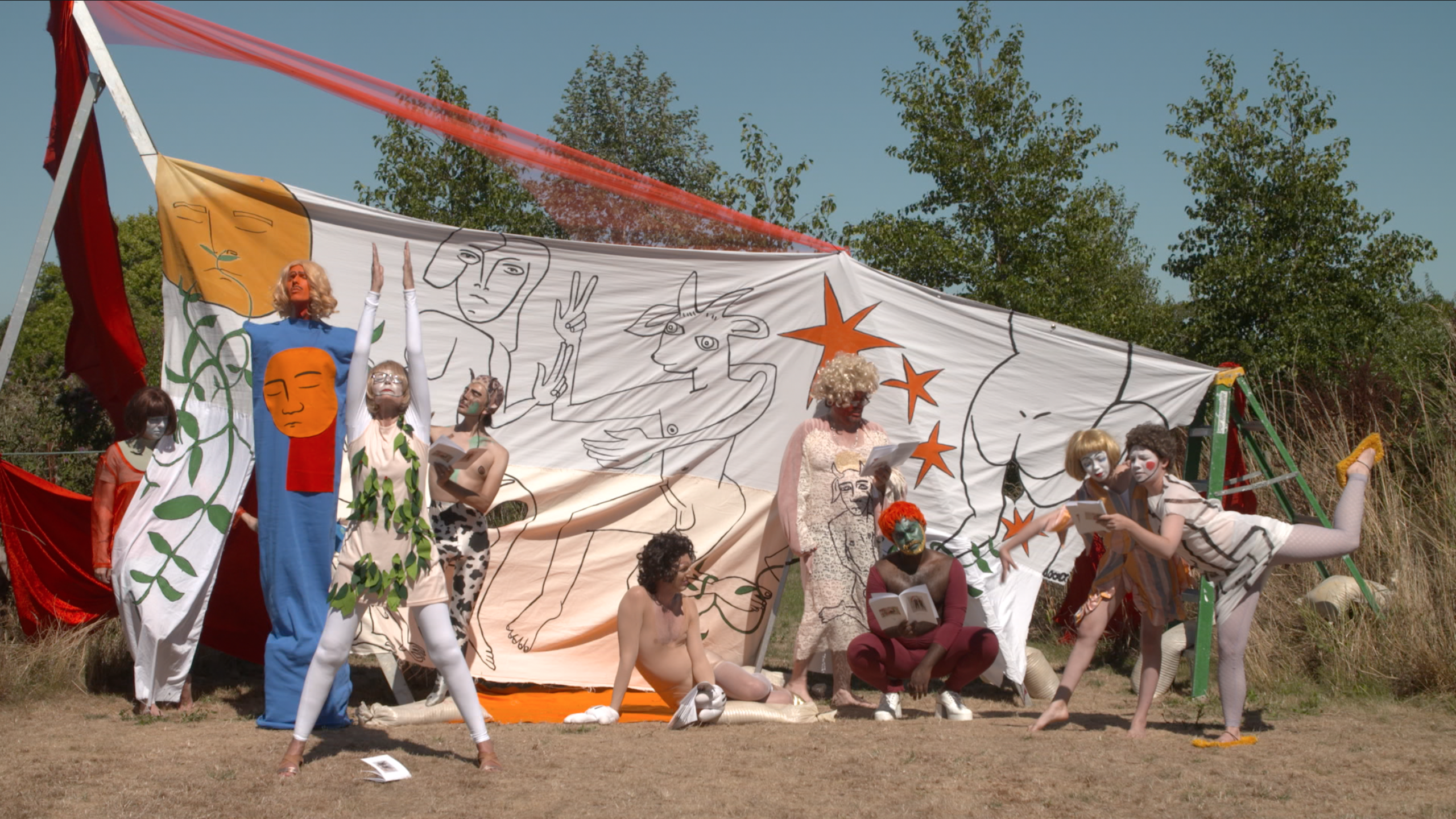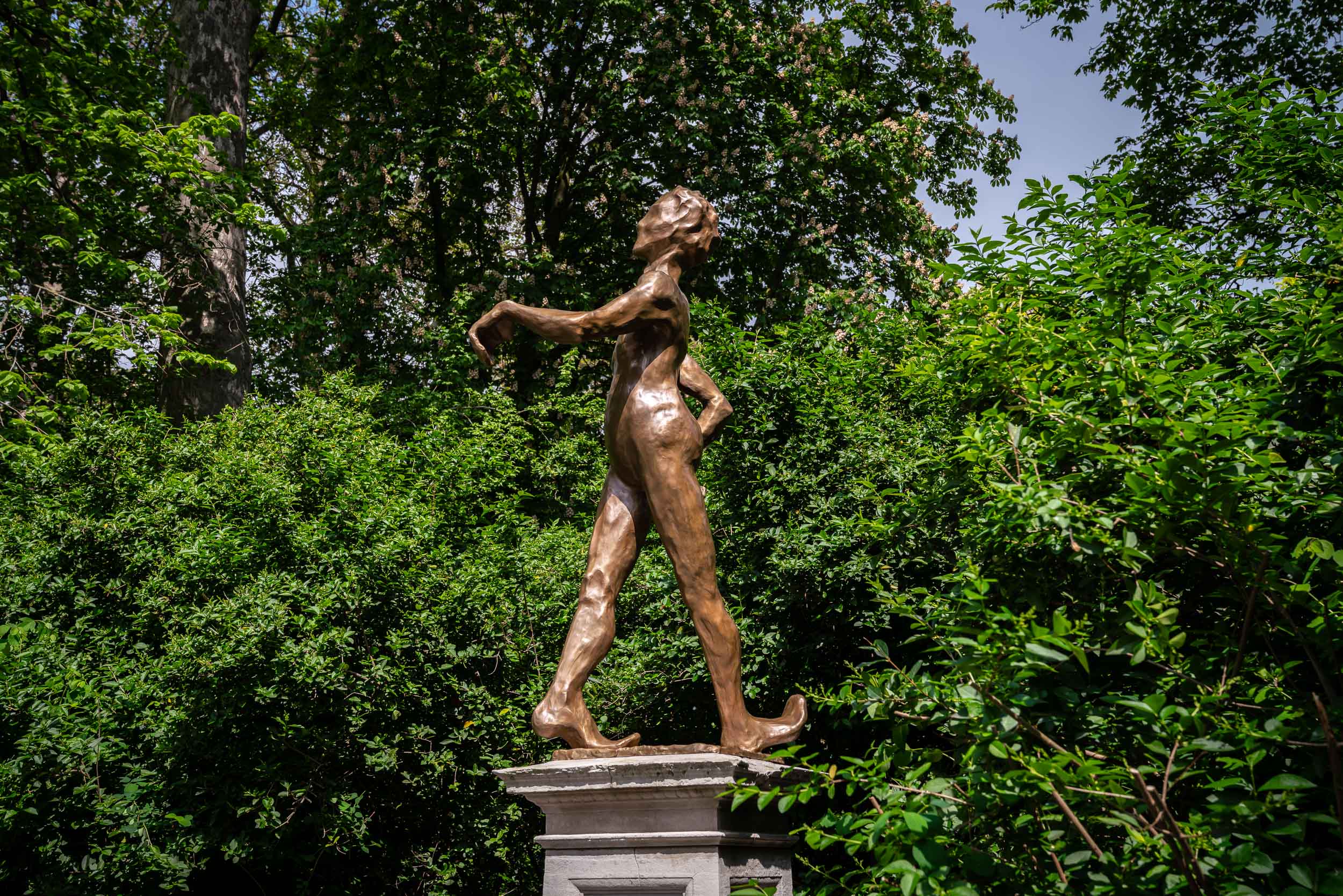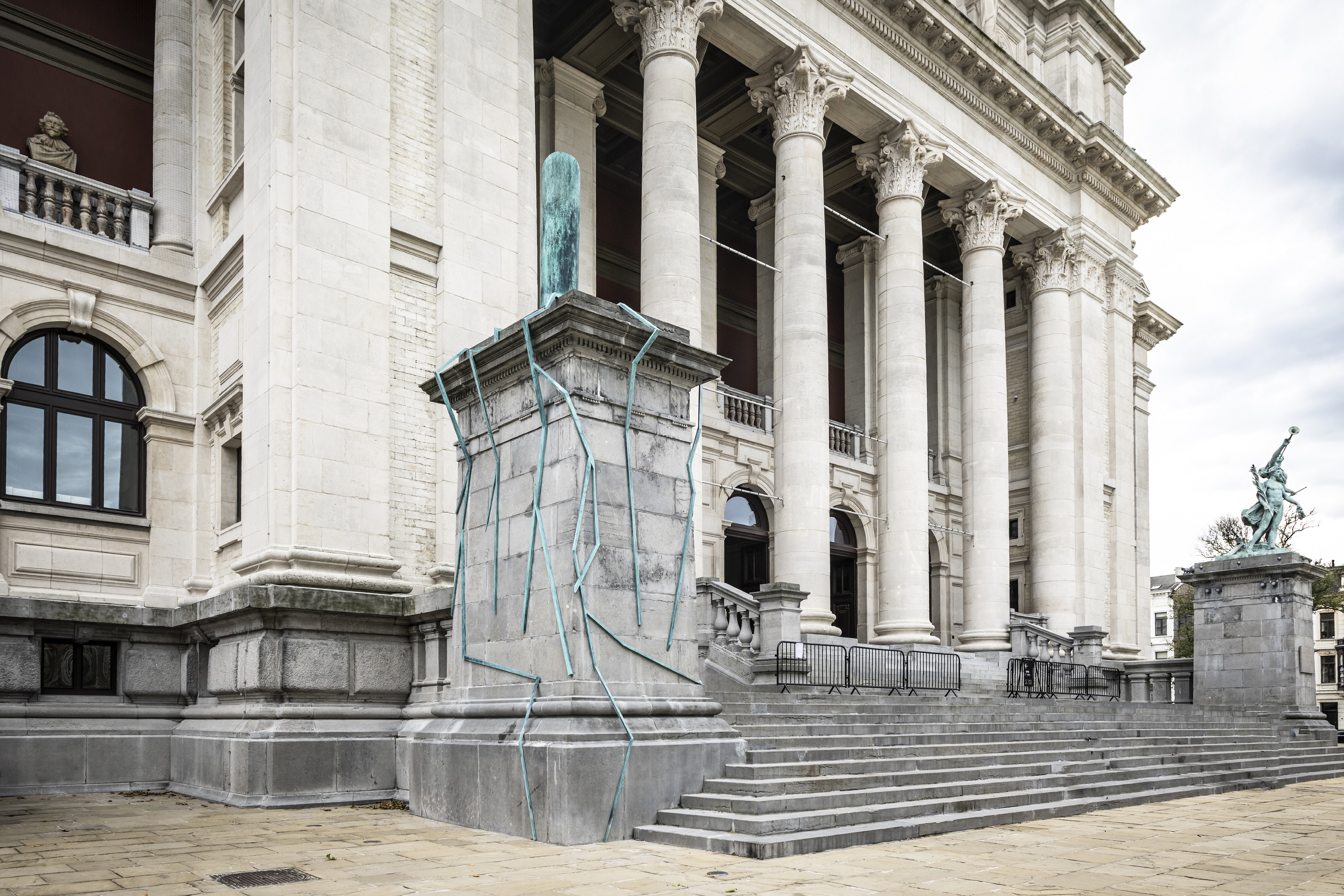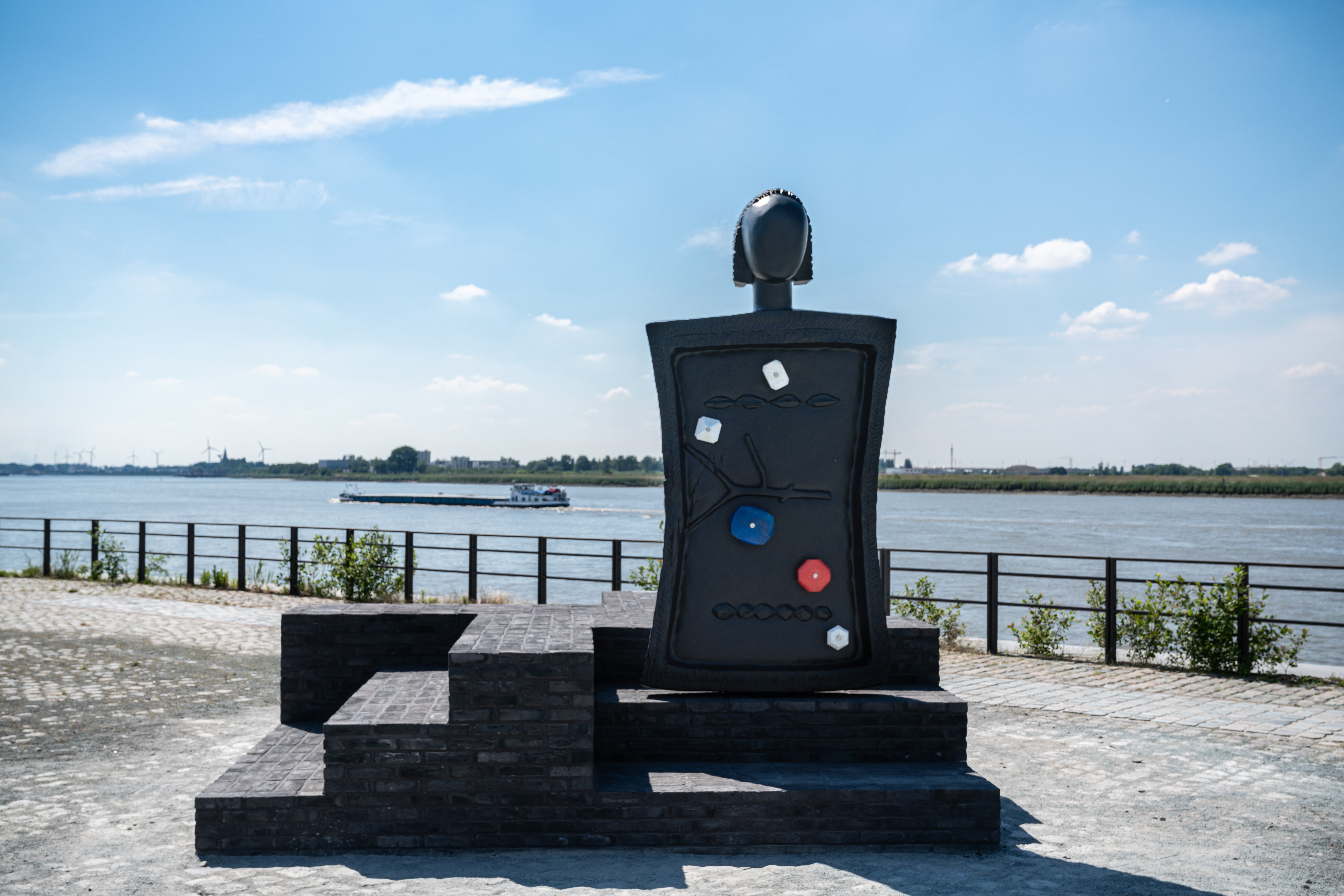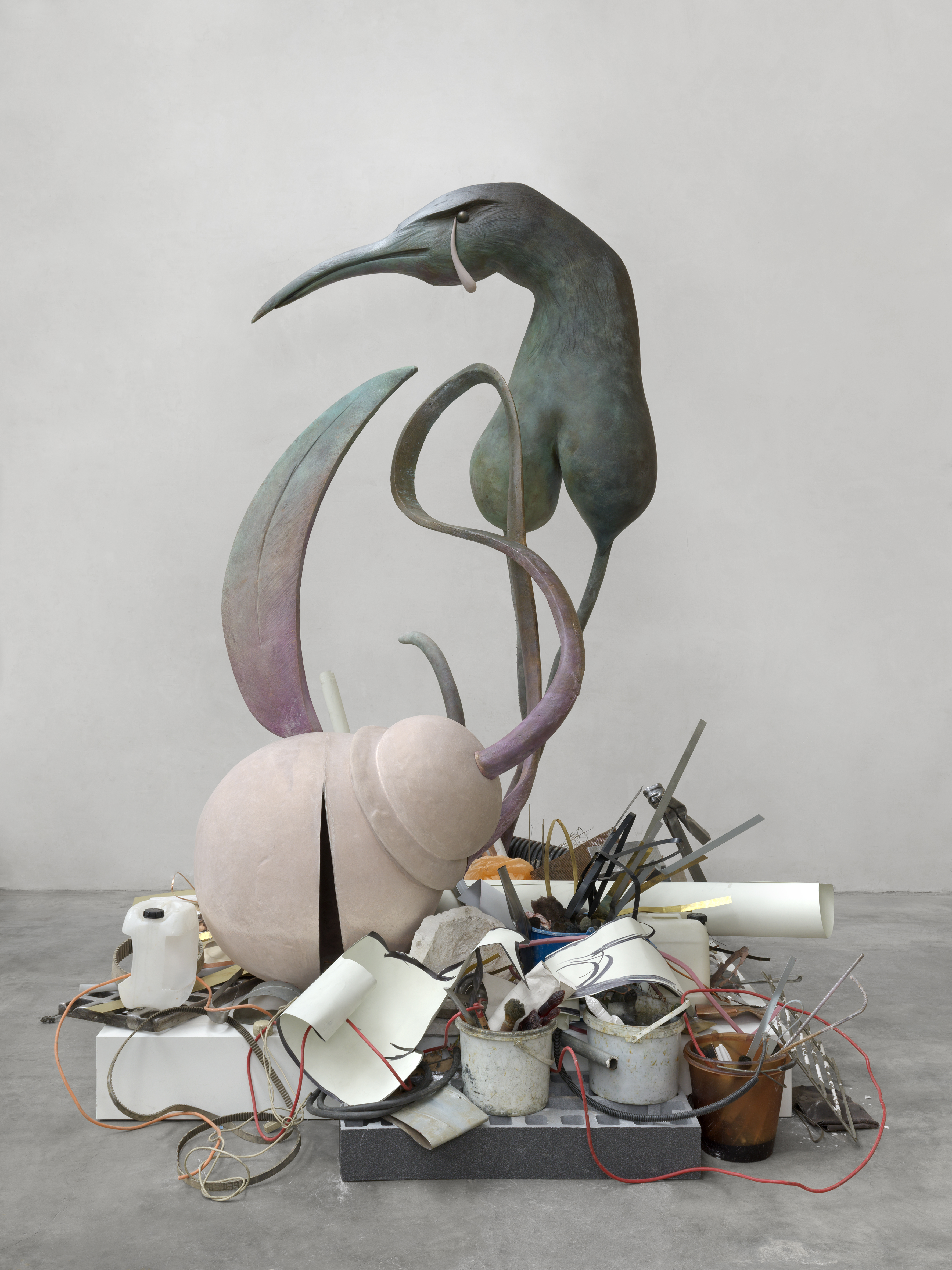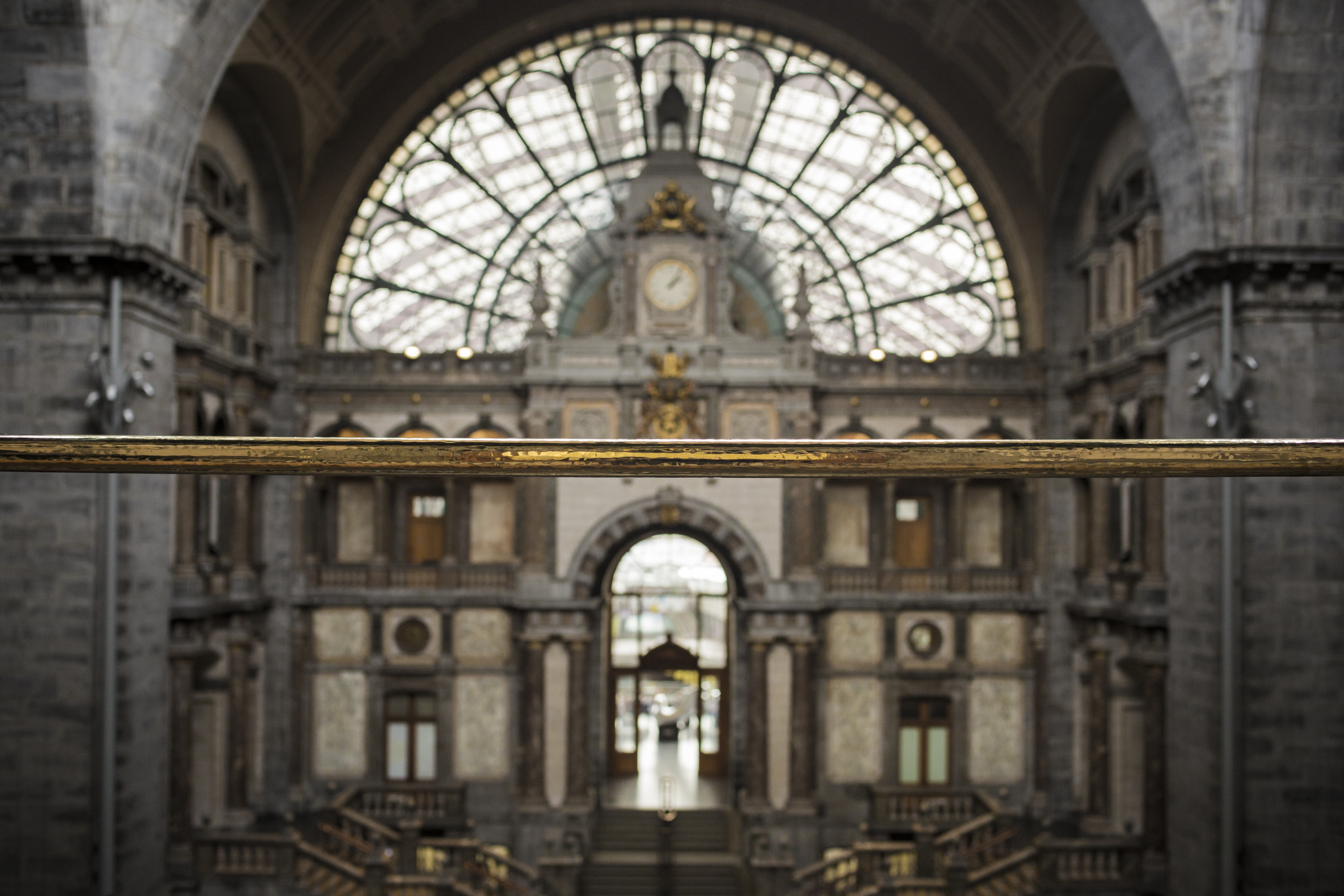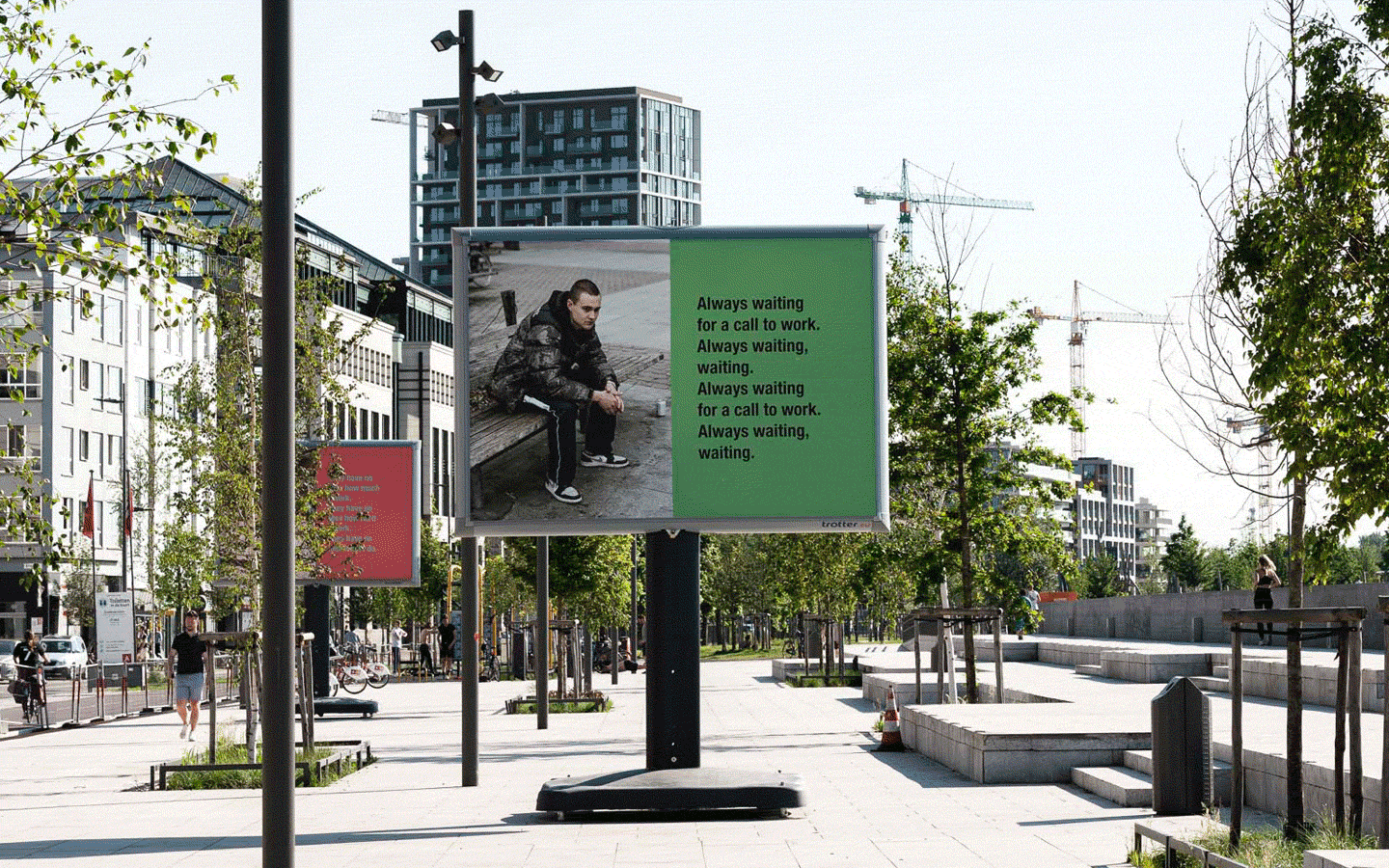Sculptures from the collection of the KMSKA
October 28, 2017–March 18, 2018
Antwerp 2020
Belgium
T +32 3 288 33 60
RECALL SCULPTURE is an exhibition of table-top sculptures from the 1950s to the 1970s. The works come from the collection of the Royal Museum of Fine Arts Antwerp (KMSKA), and were purchased at the biennials organised by the Middelheim Museum since its inception until 1989.
The exhibition focuses on small sculpture, with examples from figurative and abstract art from the 1950s to the 1970s, a period during which artists broke free from the oppressive straitjacket of the war years. This resulted in a wide variety of materials and themes, which was in sharp contrast with the imposition of government restraints on art during wartime. Figurative, abstract or informal; heavily burdened or light as a feather; within or outside an artistic movement; reacting to society or detached from any referential framework: the 41 table-top sculptures of RECALL SCULPTURE are also and above all a forerunner of contemporary art. The works of Pietro Consagra (1920–2005), Arnoldo Pomodoro (born 1926), Francesco Somaini (1926–2005), Elisabeth Schaar (1908-1975), Bernhard Heiliger (1915–95), Marino Marini (1901–80) and others are therefore displayed in a perfect setting in the Middelheim Museum. And in a way, they are also coming home for a while.
On 1 June 1950, two years after the very first "modern" open-air sculpture exhibition in Battersea Park and one year after the international sculpture exhibition in Park Sonsbeek, the International Exhibition of Sculpture 1900–1950 opened in Antwerp’s Middelheim Park. The ambition of Lode Craeybeckx, mayor of Antwerp and inspirer of the project, was lofty: it was to document an overview of half a century of modern sculpture. This was to include as many styles and nationalities as possible. The idea quickly arose of making the exhibition permanent in the form of a public open-air museum for sculpture, the first of its kind in the world. The Middelheim Open Air Sculpture Museum was to offer an overview of international contemporary sculpture, also paying attention to the main precursors of the late 19th and early 20th century. The successful exhibition of 1950 in the Middelheim Park also gave rise to a plan for periodic presentations. These "international exhibitions of sculpture," held every two years, became known as the Middelheim Biennials from 1953 onwards. Their purpose was to monitor the pulse of contemporary art.
Mayor Lode Craeybeckx was also chairman of the board of directors of the Royal Museum of Fine Arts Antwerp. Together with Walther Vanbeselaere, the museum’s head curator, he wanted the KMSKA to expand its collection to include contemporary art, a trend followed by many museums at that time now that the Second World War was over. In 1950, Craeybeckx and Vanbeselaere visited the Venice Biennale, which proved to be a source of inspiration for both museum collections.
For the KMSKA, the Middelheim Biennials were also an important source of information and inspiration. At these successive two-yearly events, the KMSKA acquired forty or so table-top sculptures. In addition, the museum gave out a number of large sculptures from its own collection on long-term loan to the Middelheim—iconic works such as Rik Wouters’ Het zotte geweld and Auguste Rodin’s Balzac. These masterpieces have remained among the Middelheim Museum’s most important works until the present day.
Curator: Greta Van Broeckhoven, conservator 20th Century Art, KMSKA
More information: rafaelle.lelievre@stad.antwerpen.be / T +32 (0)497 44 73 20
The Middelheim Museum
The Middelheim Museum is a unique institution where the amazing interplay between art and nature results in exceptional experiences. Works by artists such as Auguste Rodin, Henry Moore, Richard Deacon, Chris Burden, Ai Weiwei and Andrea Zittel provide a unique overview of more than a century of visual arts. Every year the Museum sends out an invitation to renowned and promising artists to interact with the endless opportunities offered by the park and the existing collection. This inspires them to create new work, custom-made for the Middelheim Museum. The welcoming art park, free of charge, enchants more than 500,000 visitors every year.
